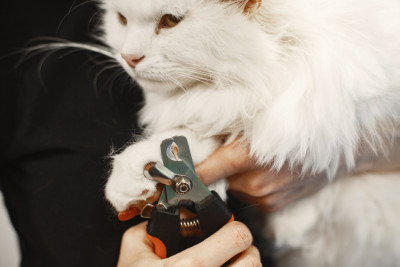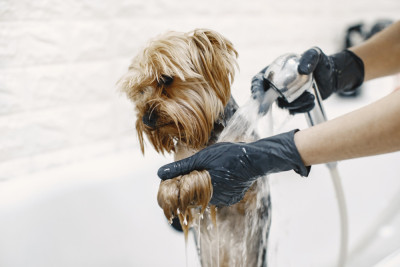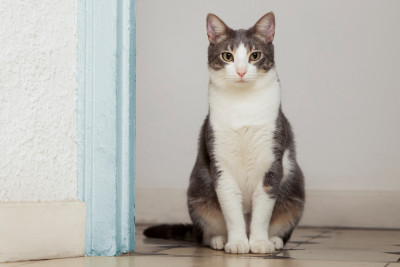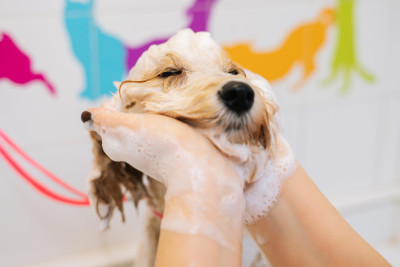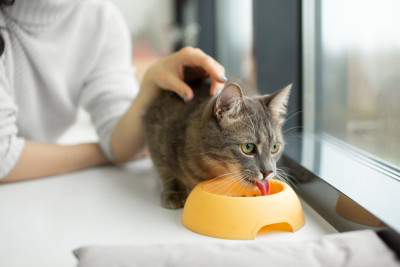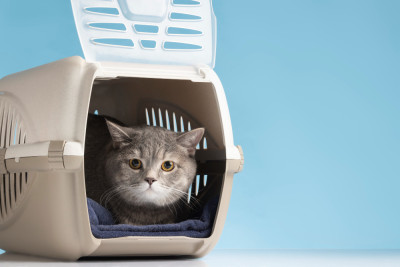The Importance of Cat Grooming
Before we dive into grooming tips, let's understand why grooming is so crucial for your cat:
1. Hygiene: Cats use grooming to clean themselves, removing dirt, debris, and loose fur. Regular grooming helps prevent skin issues and matting.
2. Bonding: Grooming can be a bonding experience between you and your cat. It fosters trust and strengthens your relationship.
3. Health Checks: Grooming sessions offer an opportunity to check for lumps, bumps, fleas, ticks, or any unusual changes in your cat's coat or skin.
4. Temperature Regulation: Grooming helps cats regulate their body temperature by distributing natural oils evenly through their fur.
5. Stress Reduction: Grooming can have a calming effect on cats and help reduce stress and anxiety.
Tips for Effective Cat Grooming
Now that we understand why grooming is essential, let's explore some tips to ensure effective and stress-free grooming sessions:
1. Start Early:
- Introduce grooming to your cat when they are young to acclimate them to the process.
- Make grooming a positive experience by offering treats and praise during and after each session.
2. Choose the Right Tools:
- Invest in high-quality grooming tools, including a soft-bristle brush, a slicker brush for removing tangles, a fine-toothed comb, and nail clippers.
- For long-haired cats, consider a mat splitter to gently remove mats and tangles.
3. Brushing:
- Regular brushing is essential for all cats, but especially for those with long or thick coats.
- Brush your cat's coat in the direction of hair growth to prevent discomfort.
- Pay extra attention to areas prone to matting, such as behind the ears and under the armpits.
- Remove loose fur to prevent hairballs, a common issue in cats.
4. Nail Care:
- Trim your cat's nails every 2-4 weeks to prevent them from becoming too long and causing discomfort.
- Use cat-specific nail clippers and be cautious not to cut too close to the quick, which can cause bleeding.
5. Ear Cleaning:
- Inspect your cat's ears regularly for dirt, wax buildup, or signs of infection.
- Use a vet-recommended ear cleaner and a cotton ball to gently clean the ear if necessary.
6. Bathing (When Necessary):
- Most cats are excellent self-cleaners and may not need regular baths.
- If you need to bathe your cat, use a cat-specific shampoo and ensure the water temperature is comfortable.
- Keep the bath calm and brief to minimize stress.
7. Dental Care:
- Dental health is vital for cats. Brush your cat's teeth regularly with a cat-specific toothbrush and toothpaste.
- Dental treats and toys designed to promote oral health can also be beneficial.
8. Be Gentle and Patient:
- Approach grooming sessions with a gentle and patient attitude. Avoid rushing or forcing your cat into grooming.
- If your cat becomes stressed or agitated, take a break and try again later.
9. Consistency:
- Establish a regular grooming routine to keep your cat's coat and overall health in check.
- Consistency helps your cat become accustomed to grooming as a regular part of their life.
10. Professional Grooming: - If you're unsure about grooming or have a particularly resistant cat, consider professional grooming services. - Professional groomers have the expertise to handle challenging grooming tasks.
Conclusion
A well-kempt cat is a happy and healthy cat. By following these grooming tips and making grooming a positive experience, you can ensure that your feline friend's coat remains clean, shiny, and free from mats and tangles. Moreover, the bond you develop through grooming sessions will strengthen your connection and contribute to a harmonious and loving relationship between you and your beloved cat. So, embrace the art of cat grooming and enjoy the benefits of a well-groomed and content feline companion.

